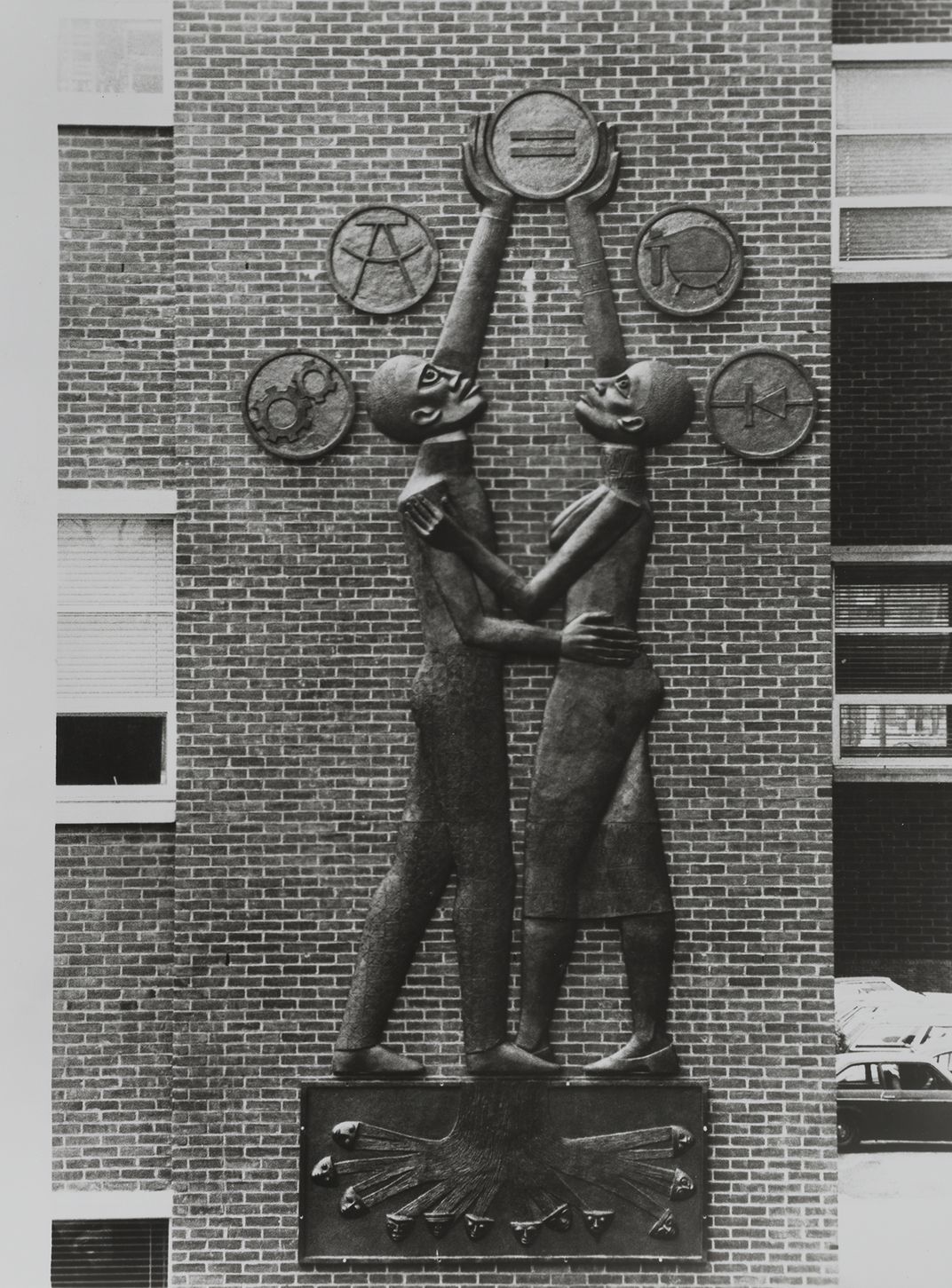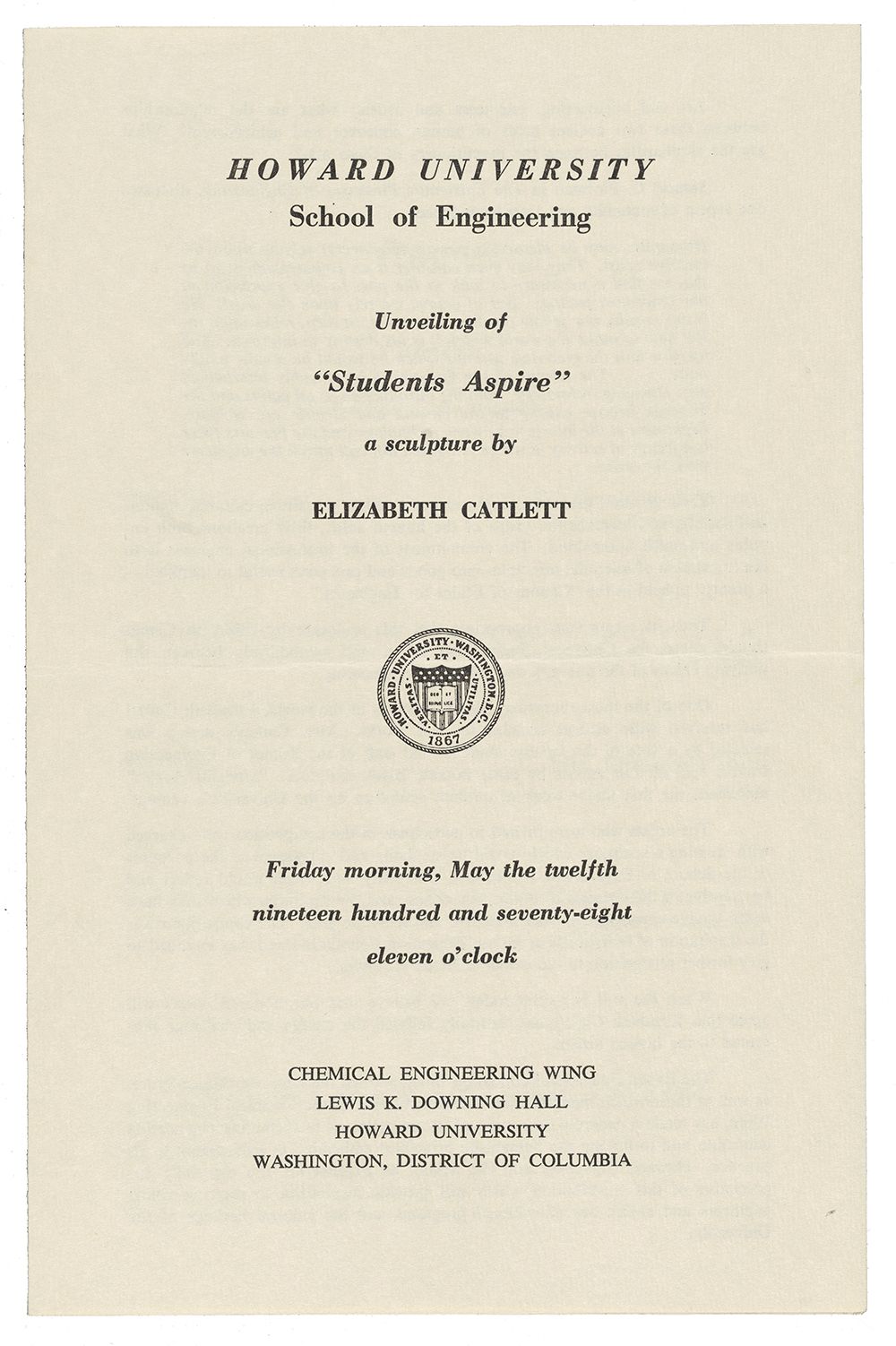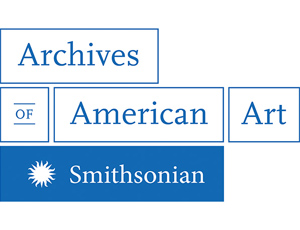Elizabeth Catlett and the (Black) Artist as Engineer
/https://tf-cmsv2-smithsonianmag-media.s3.amazonaws.com/blogging/featured/AAA_cateliz_66458-crop_SIV.jpg)
In 1974, twenty artists were invited by Howard University’s School of Engineering to submit design proposals for a sculpture contest. The winning work was to be featured on the historically Black university’s newly minted chemical engineering building. Of the eight artists who submitted sketches, seven finalists were invited to send in models or maquettes and present them to an art committee for approval. In the end of the two-year process, the decision came to a vote. Howard alumna and renowned artist, Elizabeth Catlett was chosen to bring art to the science wing. Just a few years after she’d been honored with an individual art exhibition at the university in 1972, Catlett was handpicked by her alma mater once more. Over four decades after graduating in 1935, African-American lithograph artist and sculptor Elizabeth Catlett returned to Howard, not as a former student led by nostalgia, but as a contracted artist.
With a $30,000 budget from the Exxon Education Foundation, which funded the department art project, Catlett crafted a work of which James E. Cheek, the president of Howard University, remarked was “a most significant addition to the outdoor sculpture on the university’s campus.” Titled, Students Aspire, Catlett’s sculpture was a 1½ ton bronze statue that featured a male and female figure with arms outstretched, supporting one another in the elevation of a medallion marked with an equal sign. A glossy photograph in the Elizabeth Catlett papers, shows these figures surrounded by medallions emblazoned with symbols of the chemical engineer’s instruments: gears, a protractor, test tubes. Jumping off their brick canvas, these medallions and Catlett’s figures are prominent as they rise from the building’s surface. Carved and chiseled, the figures’ faces are dynamically rendered in profile. While the figures are preoccupied with holding up the medallion, their appearances are sharp and exacting, an earnest reminder of the effort required to maintain equity. Describing the work in a 1977 issue of Black Art: An International Quarterly, Catlett is cited for emphasizing the sculpture’s intention to contend with these very questions of equality:
The two students are holding each other up to express unity rather than the competition that exists in education. The equal sign signifies scientific as well as social equality—that everyone should be equal; men to women, students to faculty, blacks to everyone else.

Fully realized, the bodies of Catlett’s figures in Students Aspire lean in and hold onto one another in a pyramid formation. With their arms in embrace, the female figure reaches out to the male figure’s shoulder. His hand obscures her waist, creating one of the sculptures hard lines. They are locked into one another, both their unoccupied arms raised high. Tasked with the consuming work of upholding equality, their limbs are stiff in the formation of the makeshift pyramid’s apex. Firm and thick, their legs ground them to the base of the sculpture, a platform beneath their feet that reveals the inner workings of a tree with faces at the roots. Presenting the idea of a lineage reinforced by the pursuit of knowledge, Catlett explained in Black Art that “the students form the trunk of a tree. The medallions are arranged in a triangle like branches and the plaque represents the roots.” Participating in the work’s larger metaphor, these roots allude to matters of legacy and ancestry. As President Cheek said of the work, “it is symbolic of the sacrifices which have been made to give expression to the inventive and scientific genius of black Americans.”
On May 12, 1978, at the formal unveiling of Students Aspire, the Acting Dean for Howard University’s School of Engineering, Dr. M. Lucius Walker Jr., called upon the words of civil engineer Samuel C. Florman, in his work The Existential Pleasures of Engineering, to comment on the nature of arts and sciences collaboration. “Humanists may be pleased to see us (engineers) relying upon the creative artist,” Florman wrote. “Of course we rely upon the artist! . . . He is our cousin, our fellow creator.” What Florman so eloquently articulates here, and what Dr. Walker sought to reiterate in his opening remarks, is the truth of the proximity artists and scientists already share: that the artist has a knowing bond with the engineer, for she, too, is an inventor. For artists like Elizabeth Catlett, who are known for their sculpture work with metals, woods, and marble, the shared body of science and art is all the more undeniable. After all, for the sculptor—whose hands must use force and fire to transform material—engineering is an art form for constructing both objects and ideas.

Through their work, artists wield the power to summon emotion and materialize a vision of the future. With Students Aspire, Elizabeth Catlett crafted a work that serves as a call for racial and gender equality within the American academy and beyond. As an artist, she considered herself to be in the occupation of confronting the conditions of our lives, whether they referred to injustice or intimacy. Catlett is quoted in the 2015 catalog for the exhibition, Elizabeth Catlett: Art for Social Justice at the La Salle University Art Museum, openly invoking her belief in the radical potential of art: “Art, for me, must develop from a necessity within my people. It must answer a question, or wake somebody up, or give a shove in the right direction—our liberation.” For Catlett, it was paramount that her art never shirked its responsibility to the people. In the 1950s, when her leftist organizing placed her under investigation by the House Un-American Activities Committee, she was forced to refashion her life in order to uphold these principles. After moving to Mexico and becoming a citizen in 1962, Elizabeth Catlett continued to create, teach, and advocate for the communities close to her, ultimately finding her activism enriched by her Mexican political education. In her efforts to convey the realities of Black and Mexican lives, Catlett’s work reveals an artistic practice rooted in a knowledge of survival, and an understanding of what art can do to sustain communities. Her work is a reminder that art is both a way of life and a technology for reinventing our world.
Before her time at Howard, where she studied with artist Loïs Mailou Jones and philosopher Alain Locke, and at the University of Iowa, where she received her masters of fine arts, Elizabeth Catlett first learned what it meant to be an artist and an engineer from the people around her. Born in 1915 in Washington, DC, as the daughter of a widow and the granddaughter of a former slave, Catlett’s life was unequivocally shaped by the women who raised her. Women from whom, I imagine, she learned how to engineer herself in order to survive in the world as a Black woman. With these women in mind, it is no surprise then that the majority of Catlett’s work features the subject of femininity, sculptures of female figures, and tributes to Black womanhood. They exemplify a way of being that is adaptive and innovative, a strength that is abstract and fluid like the figures in Catlett’s sculptures. In this way, their resilience is not unlike the “inventive and scientific genius” that President Cheek described in his comments at the 1978 dedication. Throughout Catlett’s work, Black womanhood comes to signify a genius that allows one to navigate an unordered and hostile world with proficiency, and yet, her art also contends with the ways in which this genius is wasted. Students Aspire imagines a future where the genius of young Black women and men is no longer directed toward matters of respectability and self-comportment but to the fulfillment of their own personal aspirations. And for this, it is remarkable.
This post originally appeared on the Archives of American Art Blog.
